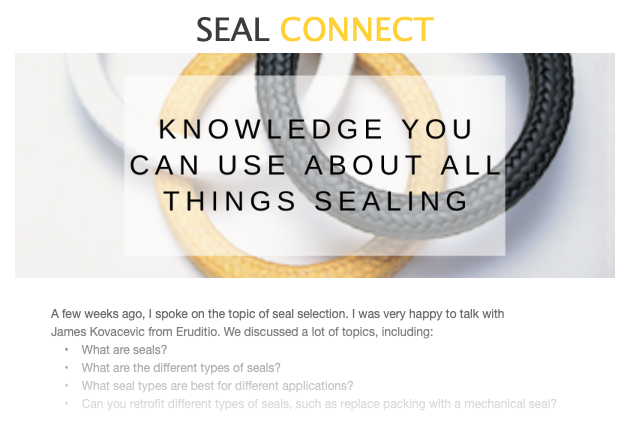How Proper Sealing Techniques Block Powder Leakage from Rotating-Shaft Equipment
Anyone involved in industrial manufacturing knows that powders and slurries are tough on equipment due to their abrasive and gritty nature. The shafts of pumps, mixers, blenders and agitators experience wear as they move through this material. In addition to this wear, shaft deflection occurs as ingredients are added to the bowls of the equipment.
A recent Processing.com article discussed how the right shaft seals keep pumps, mixers, blenders, and agitators turning and leak-free.

Why Typical Sealing Solutions Aren’t the Answer
Traditional fluid sealing and reliability solutions like compression packing and mechanical seals are effective in many applications. However, they may not withstand the abuse in powders and slurries, especially if deflection occurs.
“Deflection bends and deforms compression packing and damages mechanical seals,” the article explains. “Wear and deflection further open clearances and leakage paths in seal technology. A larger leak path allows for more powder or slurry to leak.”
So, Why Do Process Materials Leak from Rotating Equipment?

Process leakage causes a host of problems, including costly wasted product, housekeeping issues, and the risk of contaminating nearby equipment.
And many factors affect why process material leaks from rotating equipment.
“Changing the seal technology may not be the solution to every leakage problem,” the article explains. “However, updating to a technology that helps minimize or eliminate some of the factors that make powders and slurries so tough to seal is often a good first step.”
The Processing.com article also includes two case studies that demonstrate how replacing traditional technology with an air seal or an air seal system eliminates many of the problems caused when powders and slurries damage some sealing technology.
Read the complete article online to learn more, or check out a PDF version of it in the corresponding print magazine!
 SEAL CONNECT
SEAL CONNECT Find Your Sealing Solution
Find Your Sealing Solution